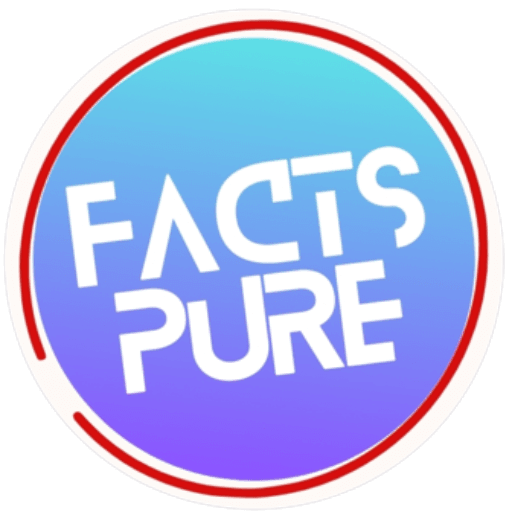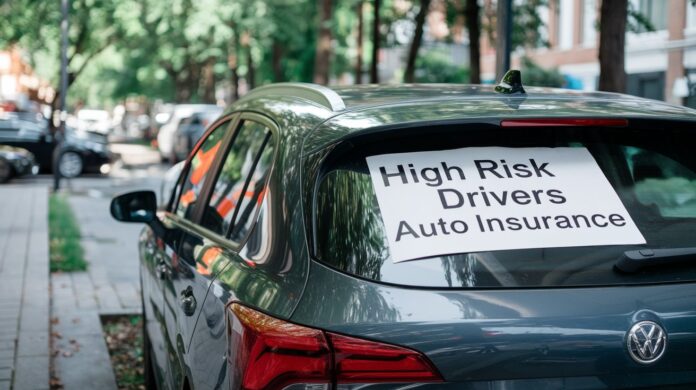Understanding High-Risk Auto Insurance
Definition of High-Risk Insurance
High-risk Drivers auto insurance refers to the type of coverage designed for individuals considered more likely to file a claim based on their driving history. Incentives for determining high-risk status include multiple traffic violations, accidents, or a DUI record. Insurance for drivers with bad records generally involves higher premiums due to the perceived increased risk by insurers.
Read More: How to Find Commercial Auto Insurance For High Risk Drivers
Common Characteristics of High-Risk Drivers
You may be classified as a high-risk driver if you have accumulated accidents, speeding tickets, or moving violations on your driving record. Lack of driving experience, a history of insurance lapses, or even owning a powerful vehicle can also contribute to this classification.
Duration of High-Risk Status
Typically, high-risk status remains on your record for three to five years, depending on the severity of the infractions. It is important to note that each insurer has its own criteria for determining risk, and what might be deemed as high-risk by one company may not be seen the same way by another.
Identifying High-Risk Drivers
Factors That Classify Drivers as High-Risk
Several factors influence your classification as a high-risk driver. These can include driving under the influence of alcohol or drugs, numerous traffic violations, or having an at-fault accident on your driving record.
Furthermore, younger drivers or those who have just obtained their driver’s license may also be categorized as high-risk.

Examples of High-Risk Incidents
High-risk incidents can vary, but common examples include multiple speeding tickets, reckless driving charges, or driving without insurance. These infractions signal to insurers that the driver may pose a greater risk than others, impacting their ability to obtain low-cost premiums.
Special Considerations for Age and Experience
Younger drivers, particularly those under 25, often fall into high-risk categories due to their inexperience on the road.
Conversely, older drivers, particularly those above 70, may also be viewed with caution, leading some insurers to classify them as higher risk based solely on age.
Strategies for Affordable Coverage
Importance of Shopping Around for Quotes
One effective strategy in acquiring high-risk drivers auto insurance is to shop around and obtain multiple quotes. Different insurers assess risk differently—therefore comparing quotes gives you a clearer understanding of available rates and helps identify the best coverage that suits your needs.
Utilizing Discounts and Programs
Many insurance companies offer discounts for various reasons, such as safe driving courses, bundling policies, or having a certain level of coverage. Always inquire about available discounts when reaching out to insurers for quotes.
Role of Telematics and Driving Courses
Telematics programs track your driving behavior, providing insights into your habits. Participating in these programs can lead to lower rates if you demonstrate safe driving skills.
Similarly, completing a defensive driving course can not only improve your driving skills but also may qualify you for further discounts.

Finding Suitable Insurance Companies
Overview of Nonstandard Insurers
Nonstandard insurers specialize in high-risk auto insurance and are crucial for drivers who may be denied by traditional insurers. While these companies offer coverage, they typically do so at higher rates. It is important to evaluate options carefully to find reputable providers that meet your needs.
Trusted Providers for High-Risk Coverage
Some of the best auto insurance companies for high-risk drivers include Progressive, Geico, and The General. Each has its strengths and specialties, so researching customer reviews and claims handling can aid in your selection.
Evaluating Financial Stability and Customer Service
When choosing an insurance provider, consider their financial strength and customer service reputation. A financially stable insurer is more likely to be able to pay claims without issues, which is critical for ensuring you have sound support when needed.
Steps to Improve Insurance Rates
Maintaining a Clean Driving Record
One of the best approaches to lowering your insurance premiums is to maintain a clean driving record going forward. Avoiding accidents and violations can eventually help reduce your risk profile over time.
Financial Planning and Credit Improvement
Your credit score can affect your auto insurance rates, so focusing on improving your financial health may help you secure lower premiums. Regularly check your credit report, pay bills on time, and eliminate debt where possible.
Importance of Continuous Coverage
It is essential to maintain continuous auto insurance coverage. Lapses in coverage can classify you as a higher risk and result in increased premiums. Always ensure you have a policy in place to avoid financial repercussions and ensure you remain eligible for affordable rates.

FAQs
What defines a high-risk driver in Canada?
In Canada, a high-risk driver is usually defined as someone with multiple traffic violations, accidents, or a DUI on their record.
How do accidents impact my insurance rates?
Accidents can significantly increase your insurance rates, often leading to higher premiums for several years afterward.
What options are available for high-risk drivers?
High-risk drivers can opt for specialized auto insurance designed for high-risk profiles, usually through nonstandard insurers.
How can I lower my auto insurance premiums?
Lowering your premiums can be achieved by maintaining a clean driving record, shopping for the best rates, and taking advantage of discounts.
Which insurance is best for high-risk drivers?
Some of the best auto insurance companies for high-risk drivers include Progressive, Geico, and The General, each offering tailored solutions for your needs.
How long are you considered a high-risk driver for insurance?
The duration of being categorized as a high-risk driver can typically last three to five years, although it may vary by insurer.
Who is considered as a high-risk profile for insurance?
A high-risk profile can include individuals with poor driving histories, such as multiple accidents or severe traffic violations.
Does the general accept high-risk drivers?
The General is known for providing coverage options for high-risk drivers, even those with difficult histories.
What group is considered the riskiest drivers?
The riskiest drivers generally include those with DUIs, habitual offenders, and inexperienced young drivers.
What is the best affordable car insurance with a bad driving record?
The best option can vary, but nonstandard insurers like The General and Progressive often cater to those with bad driving records.
What age is most likely to get into a car accident?
Statistically, younger drivers, particularly those aged 16-24, are at a higher risk of being involved in accidents.
Which drivers cause the most accidents?
Drivers with poor records, especially those with multiple traffic violations and younger, inexperienced drivers, often contribute to higher accident rates.
By employing these strategies and making informed choices, you can find pathways to secure high-risk auto insurance without overpaying, while ensuring you have adequate coverage and peace of mind on the road.


